Introduction
In an era where fans are getting bigger, quieter and generally "better" than they once were, the need for a dedicated fan controller has been diminished somewhat. However, there has always been a need, want and desire to make an already quiet PC even more so or take better control over all things noise-related. With a controller, one can choose to lower fan speed when they are watching a movie or doing homework and then increase the speed when running taxing applications like games. Above all this give some much-needed versatility to a PC.In the past, to overcome the limitations of early fan design, silent PC aficionados had to resort to volt modding a given fan to make it run slower and thus more quietly. While times have changed and you can now get variable resistors that plug into the line (the best examples being the Low Noise and Ultra Low Noise Adapters which accompany Noctua fans), there still has a major down side: adaptability. Nothing beats being able to turn up the fan speed when needed and then turn it back down during idle periods. This is what motherboards do, but you are limited by the number of fans and the total wattage that can be drawn. In order to balance ease of use, precision, cost and setup time many have decided to buy a dedicated fan controller. Nothing beats a big old knob on the front of your computer for speed adjustment.This is where Noctua and their newly released NA-FC1 fan controller come into the equation.The controller can be used to manually control fan speed from 0 to 100% or work in tandem with 4-pin PWM headers to allow fans to run slower than the motherboard's PWM setting.
Specifications.
Packaging & Contents
The front of the box has a fairly sophisticated look, with minimal information provided.There is nothing describing the features, or the awards. I, personally, believe this is a show of confidence. Noctua feels no need to brag or display what's inside, they know you will buy their products on their reputation alone.
The back of each box covers the features and specifications of the controller found inside.
The box opens like a clam shell unlike the last years' boxes and the boxes of competitors. Once the box is opened the controller is front and left, encased in an all encompassing cardboard spacer.
Removing the controller and its spacer from the box reveals a set of three cables.There are:
-NA-SC1 3-way splitter cable.The supplied 3-way splitter cable allows the connection of up to three 4-pin PWM fans in order to control them simultaneously. Even more fans can be controlled at once when using additional NA-YC1 splitter cables that are supplied with many Noctua fans and available as an optional accessory kit (NA-SYC1).
-NA-EC1 input cable.
-NA-AC4 input cable with power supply adaptor.As powering multiple higher wattage fans from a single motherboard fan header may damage the motherboard, the NA-FC1 includes an NA-AC4 adaptor that powers the device directly from the power supply unit while simultaneously receiving PWM input from the motherboard and forwarding RPM information. This makes it ideal for controlling multiple high-speed fans such as Noctua's 3000rpm industrialPPC models.
A Closer Look
The NA-FC1 is made from plastic and has an elegant, simplistic, and clean look to it.
Speed control dial:
1-Sets PWM duty cycle between 0 and 100% in manual mode or adjusts
input signal from 100 to 0% in motherboard control mode (see modes of use).
Speed setting status LED (orange):
2-Changes in brightness according to the setting of the speed
control dial (max. brightness = max. speed, min. brightness = min. speed).
3-?No stop? mode push button:
Press to enable/disable "no stop" mode (see "no stop" mode).
4-No stop mode status LED (green):
On in "no stop" mode, off in normal mode.
5-Input connector:
Connected to the motherboard or other power source using the supplied NA-EC1 cable.
6-Output connector:
Connected to the fan or multiple fans if splitter cables are used.
PWM control (PWM based control)
Even though most fan controllers are controlled by voltage, NA-FC1 uses more complex pulse width (PWM) technology to control more efficiently and reduce the minimum rotational speed, regardless of the starting voltage of the fan.
Manual control mode
If the NA-FC1 does not receive the PWM signal from the motherboard, it can be used as a simple and effective manual controller, you can adjust 0 ~ 100%. Very suitable for manual control of these high-speed PWM fan.For example,it can be used to control the Noctua industrialPPC industrial fans to achieve a quiet operation.
"No stop" mode ("No stop" mode)
The NA-FC1 will operate in the "no stop" mode when the LED is lit when the button on the NA-FC1 is pressed. At this time, regardless of the speed setting or the PWM control cycle from the motherboard, the fan speed will not Less than 300rpm. Thus avoiding the BIOS for fan interpretation errors.
Many motherboards provide insufficient options to customise automatic fan control or simply don't go below certain duty cycles and speed levels.Using NA-FC1, you can reduce the motherboard's PWM control curve, so there is a way to really improve the mute effect, or even the use of high-speed PWM fan, such as Noctua's industrialPPC industrial series fan.
Final Thoughts
Noctua continues to push the envelope with new and innovative products, and the the NA-FC1 is a great example of that.This fan controller is ideal for someone with a lot of fans in their system.
The NA-FC1 might very well be the last fan controller you'll ever need. If you start off using just a few fans connected to it, you have the piece of mind knowing the unit can follow you through many paths. While the price may seem a little on the high side at first( EUR 19.90 / USD 19.90), when you consider everything the NA-FC1 offers, I think the enthusiast crowd will embrace it.Noctua products are premium for a reason, because they are best in class, and best in class has a price point to match because it uses better quality materials and has better research and development put into it.




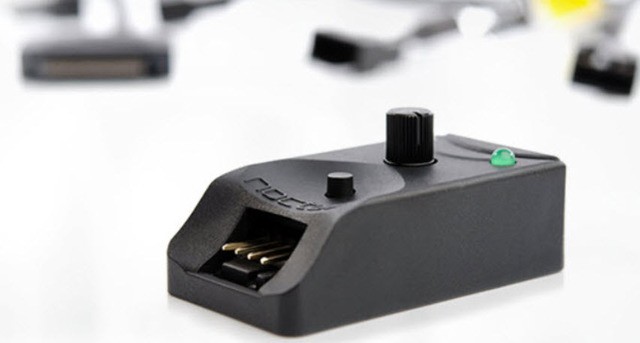

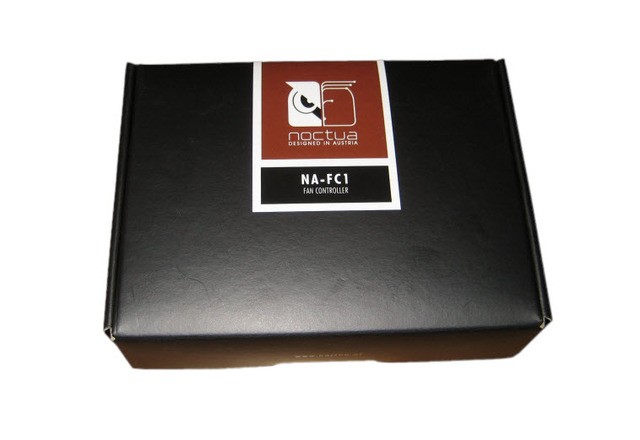
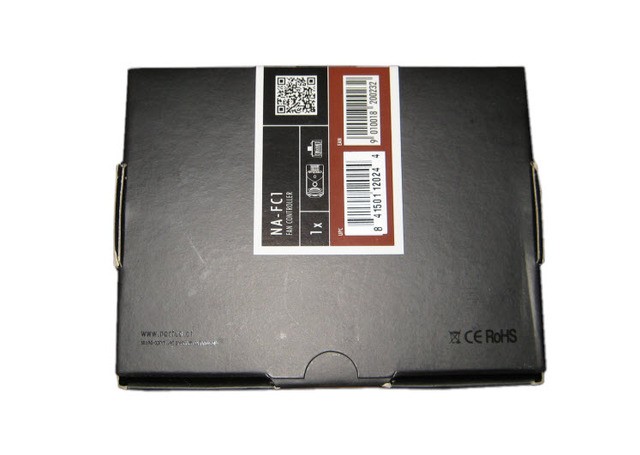

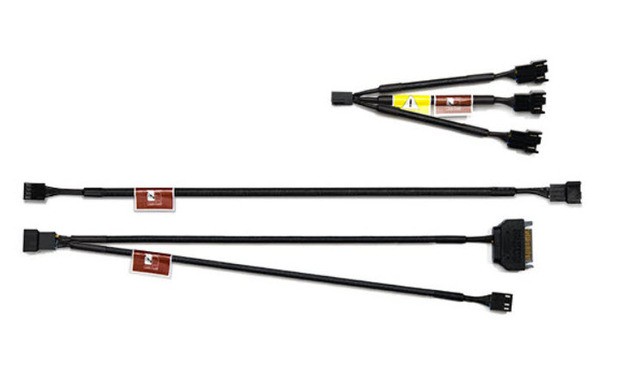
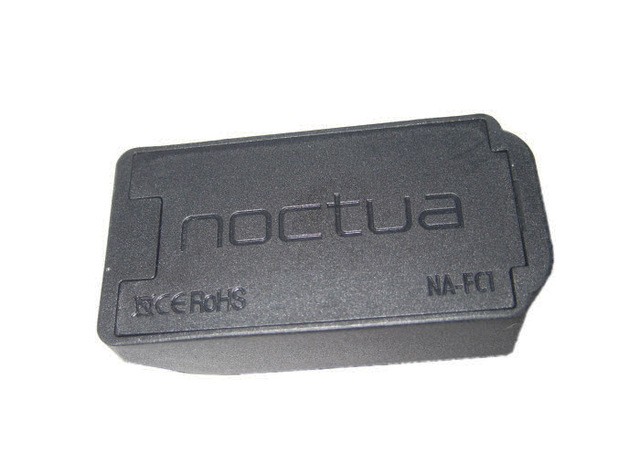
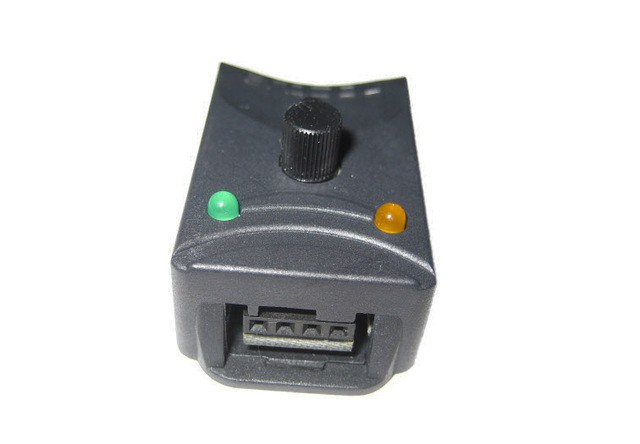
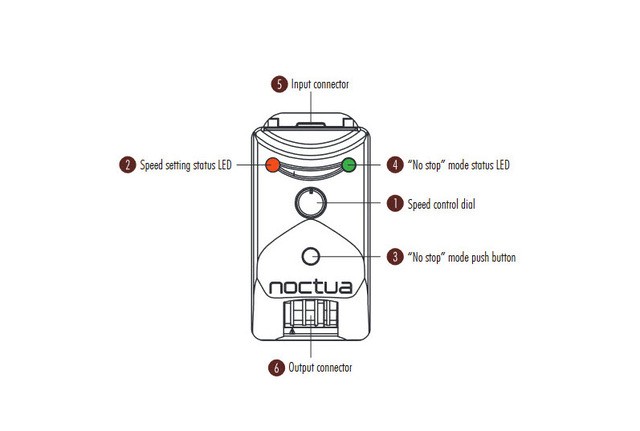
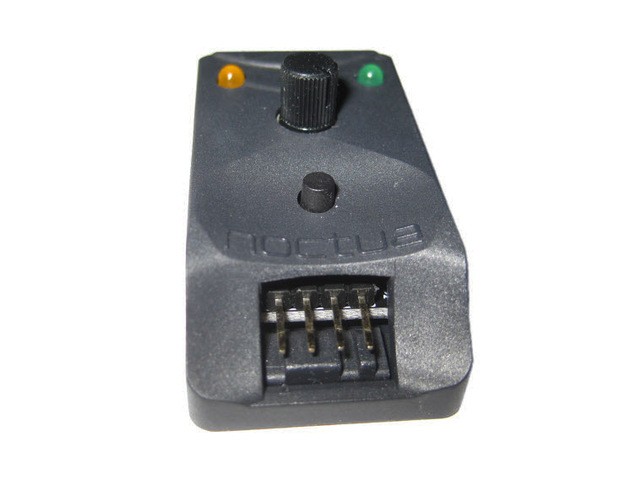
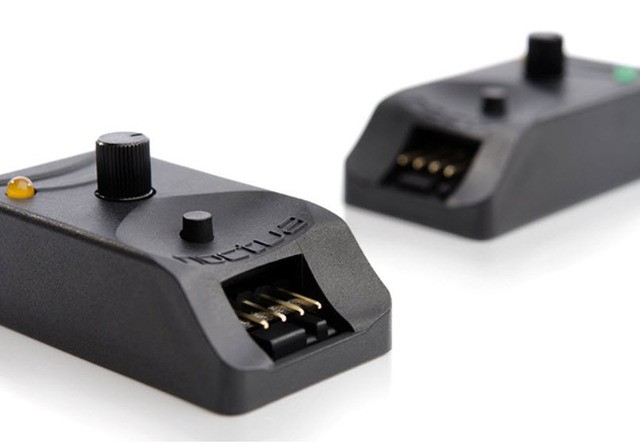
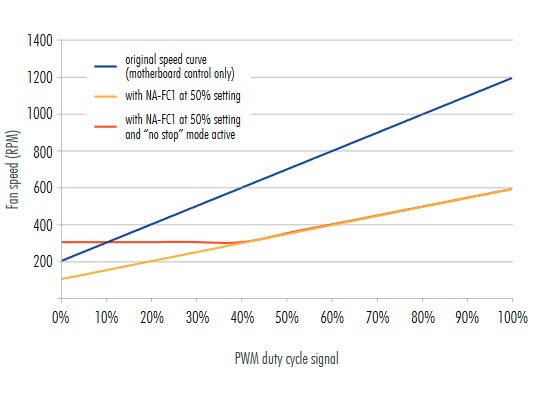
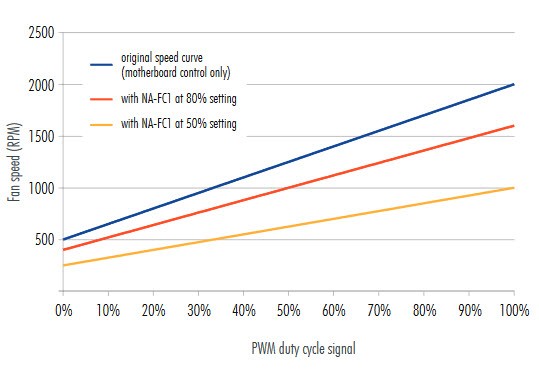
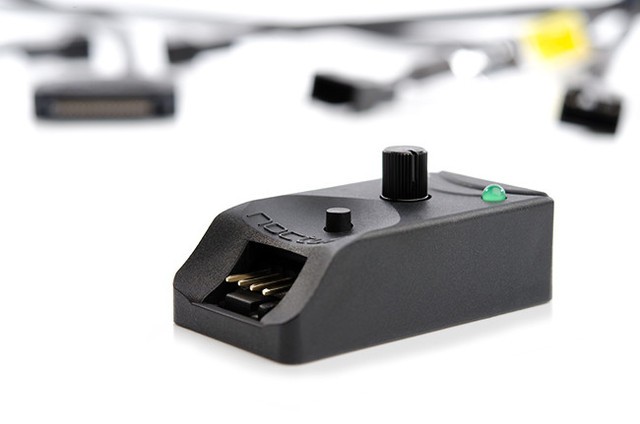

 Reply With Quote
Reply With Quote


Bookmarks